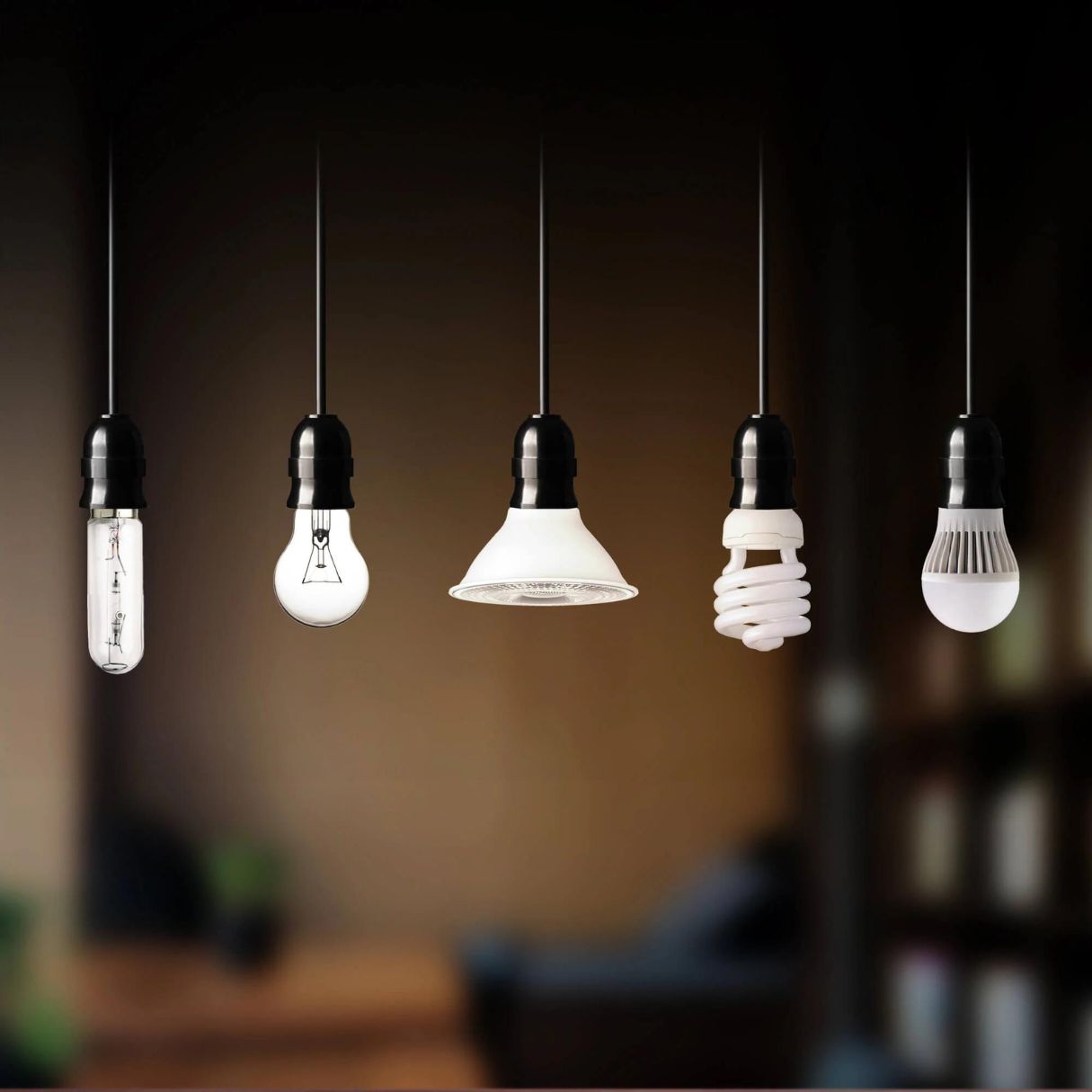

Articles
Why Is The Light Bulb Important
Modified: January 9, 2024
Discover the significance of articles and their impact on the importance of the light bulb. Explore the evolution, applications, and benefits of this revolutionary invention.
(Many of the links in this article redirect to a specific reviewed product. Your purchase of these products through affiliate links helps to generate commission for Storables.com, at no extra cost. Learn more)
Introduction
The invention of the light bulb revolutionized the way we live, work, and interact with our surroundings. Before the advent of this remarkable invention, our lives were bound by the constraints of daylight, relying on candles, oil lamps, and gas lamps to navigate through the darkness. However, the creation of the light bulb brought about a new era of illumination that has profoundly impacted society in countless ways.
In this article, we will explore the history of the light bulb, its impact on society, advancements in light bulb technology, the environmental implications of its usage, and the importance of light bulbs in our daily lives.
Join us on this enlightening journey as we delve into the significance of the humble light bulb and how it continues to shape the world we live in today.
Key Takeaways:
- The invention of the light bulb revolutionized society by extending daytime, improving productivity, enhancing safety, and contributing to scientific and technological advancements.
- Advancements in light bulb technology, such as LEDs and smart lighting, have led to energy efficiency, reduced environmental impact, and a more sustainable lighting industry.
Read more: Why Insulation Is Important
History of the Light Bulb
The concept of artificial lighting has been around for centuries, but it was not until Thomas Edison successfully invented and patented the carbon filament incandescent light bulb in 1879 that the world witnessed a major breakthrough in lighting technology.
However, Edison was not the sole inventor of the light bulb. The journey to its creation involved the contributions of several inventors and scientists. In the early 1800s, Sir Humphry Davy, an English chemist, discovered the electric arc, which produced light when electricity passed through it. This paved the way for further experiments and advancements in lighting technology.
In 1840, Warren de la Rue, an English astronomer and chemist, improved upon Davy’s arc lamp by enclosing it in a vacuum chamber, resulting in the creation of the first practical incandescent light bulb. However, the high cost of production limited its widespread use.
It was Thomas Edison who made significant breakthroughs in improving the design and efficiency of the incandescent light bulb. Edison experimented with various materials as filaments and eventually settled on using carbonized bamboo as the filament, which had a longer lifespan compared to previous designs.
Edison’s invention of the practical incandescent light bulb revolutionized the way we illuminated our homes, streets, and workplaces. It provided a safe, reliable, and efficient source of artificial light, eliminating the dependence on candles, gas lamps, and other cumbersome lighting methods.
Over the years, the incandescent light bulb underwent further refinements. In 1906, a tungsten filament was introduced, which drastically improved the bulb’s longevity. This marked a significant improvement in the efficiency and durability of lighting technology.
Since Edison’s invention, the world has witnessed numerous advancements in lighting technology, including fluorescent lights, compact fluorescent lamps (CFLs), and more recently, light-emitting diodes (LEDs). These advancements have resulted in even greater efficiency, longer lifespans, and reduced environmental impact.
The history of the light bulb is a testament to human ingenuity and the desire to overcome challenges to improve our quality of life. Today, the humble light bulb continues to evolve and play a vital role in modern society.
Impact on Society
The invention of the light bulb has had a profound impact on society, transforming the way we live, work, and interact with our surroundings. Here are some of the key ways in which the light bulb has influenced society:
Extended Daytime: One of the most significant impacts of the light bulb is the extension of daylight. Before its invention, people’s activities were primarily dictated by the rising and setting of the sun. With the advent of artificial lighting, the boundaries of time were expanded, allowing for increased productivity, leisure activities, and socialization well into the night.
Improved Productivity: The availability of artificial light has dramatically improved productivity in various industries. Factories, offices, and other workspaces can now operate around the clock, leading to increased efficiency and output. The ability to work during nighttime hours has also opened up new opportunities for individuals in a range of professions.
Enhanced Safety and Security: The introduction of reliable and readily available artificial lighting has significantly improved safety and security. Streets, public spaces, and homes can now be adequately illuminated, reducing the risk of accidents, crime, and vandalism. Lighting also plays a crucial role in emergency situations, aiding rescue efforts and ensuring public safety.
Advancement of Science and Technology: The invention of the light bulb paved the way for numerous scientific and technological advancements. It provided the necessary foundation for the development of other electrical devices and systems, influencing fields such as telecommunications, electronics, and energy production. The availability of artificial light has also facilitated advancements in medical research and diagnostics.
Social Impact: The availability of artificial lighting has transformed social dynamics and cultural practices. It has enabled the growth of nightlife, entertainment, and recreational activities. People can gather, celebrate, and enjoy various forms of entertainment late into the night. Additionally, the ability to light up homes and public spaces during special occasions and festivals has become an integral part of cultural traditions around the world.
The impact of the light bulb on society cannot be overstated. Its invention and subsequent advancements have brought about a new age of illumination, enabling us to overcome the limitations imposed by darkness and navigate the world with greater ease and efficiency.
Advancements in Light Bulb Technology
Since the invention of the incandescent light bulb by Thomas Edison, there have been significant advancements in light bulb technology that have revolutionized the way we illuminate our spaces. These advancements have led to improved efficiency, durability, and environmental sustainability. Here are some of the key advancements in light bulb technology:
Fluorescent Lights: Fluorescent lights were introduced in the mid-20th century as an alternative to incandescent bulbs. These lights use less energy and have a longer lifespan compared to traditional incandescent bulbs. They work by passing an electric current through a tube filled with mercury vapor, which emits ultraviolet light. This light is then converted into visible light through a phosphor coating on the inside of the tube.
Compact Fluorescent Lamps (CFLs): CFLs are a more compact and energy-efficient version of fluorescent lights. These bulbs are designed to fit into standard light fixtures and provide significant energy savings. CFLs use less energy and last up to ten times longer than incandescent bulbs, making them a popular choice for both residential and commercial lighting.
Light-Emitting Diodes (LEDs): LEDs are one of the most significant advancements in light bulb technology. These bulbs use semiconductors to produce light when an electric current passes through them. LEDs are highly energy-efficient, consuming up to 80% less energy than incandescent bulbs. They also have a remarkably long lifespan, often lasting over 50,000 hours. LEDs are now widely used in various applications, from residential lighting to commercial and industrial settings.
Smart Lighting: With the emergence of Internet of Things (IoT) technology, lighting systems have become smarter and more connected. Smart lighting allows users to control and customize their lighting settings remotely, using mobile applications or voice commands. This technology offers features such as dimming, color changing, and scheduling, providing both convenience and energy efficiency.
Energy Efficiency Standards: Governments and organizations around the world have implemented energy efficiency standards for light bulbs to reduce energy consumption and environmental impact. These standards have played a crucial role in driving the development of more efficient and sustainable lighting technologies. Today, most countries have phased out traditional incandescent bulbs in favor of more energy-efficient options.
The advancements in light bulb technology have not only improved the way we light our spaces but also contributed to significant energy savings and reduced carbon emissions. The transition from incandescent bulbs to fluorescent lights, CFLs, and LEDs has paved the way for a more sustainable and environmentally friendly lighting industry.
The light bulb is important because it revolutionized the way we live, work, and interact by providing a reliable and convenient source of artificial light, leading to increased productivity and safety.
Environmental Impact of Light Bulbs
The choice of light bulbs we use has a direct impact on the environment. Different types of light bulbs have varying levels of energy consumption, carbon emissions, and waste generation. Understanding the environmental impact of light bulbs is essential for making informed decisions that promote sustainability. Here are the key environmental considerations associated with different types of light bulbs:
Incandescent Bulbs: Traditional incandescent bulbs are the least energy-efficient and have the highest environmental impact. They produce light by heating a filament, resulting in significant energy waste in the form of heat. Incandescent bulbs also have a shorter lifespan, leading to frequent replacements and increased waste. The energy consumption and carbon emissions associated with their use make them a less sustainable choice.
Fluorescent Lights and Compact Fluorescent Lamps (CFLs): Fluorescent lights and CFLs offer a more energy-efficient alternative to incandescent bulbs. They consume significantly less energy and produce less heat, resulting in lower energy consumption and carbon emissions. However, these bulbs contain small amounts of mercury, which makes their disposal more complicated. If not properly recycled, mercury can potentially harm the environment. It is important to follow proper disposal guidelines for fluorescent lights and CFLs to minimize their impact.
Light-Emitting Diodes (LEDs): LEDs are the most energy-efficient and environmentally friendly choice for lighting. They consume significantly less energy than both incandescent bulbs and fluorescent lights, resulting in lower energy bills and reduced carbon emissions. LEDs also have a longer lifespan, reducing the frequency of replacements and generating less waste. Additionally, LEDs do not contain harmful substances like mercury, making them a safer and more sustainable option.
Recycling and Disposal: Proper disposal and recycling of light bulbs are crucial to minimize their environmental impact. Incandescent bulbs can typically be disposed of in regular waste bins, but it is recommended to check local guidelines for proper disposal practices. Fluorescent lights and CFLs should be recycled to ensure the safe handling of mercury-containing components. Many communities have recycling programs or designated drop-off locations for these bulbs. LEDs do not contain hazardous materials, but it is still beneficial to recycle them to recover valuable components and reduce waste.
By choosing energy-efficient light bulbs like LEDs and properly disposing of used bulbs, we can significantly reduce energy consumption, carbon emissions, and waste. The shift towards sustainable lighting solutions not only benefits the environment but also contributes to long-term energy savings and a greener future.
Read more: Why Are Pillows Important
Importance of Light Bulbs in Daily Life
Light bulbs play a crucial role in our daily lives, providing us with the necessary illumination to carry out various activities. From the moment we wake up until we go to bed, light bulbs enhance our productivity, safety, and overall well-being. Here are some key reasons why light bulbs are important in our daily life:
Task Lighting: Light bulbs provide task lighting, allowing us to effectively perform various activities such as reading, working, cooking, and hobbies. Whether it’s a desk lamp, overhead lights in a kitchen, or a bright spotlight for focused tasks, light bulbs provide the necessary illumination to facilitate our daily tasks and improve productivity.
Ambient Lighting: Light bulbs help create the ambiance and atmosphere in our homes and workplaces. Soft, warm lighting can create a cozy and relaxing environment, while bright, cool lighting can promote alertness and focus. By choosing the right light bulbs for different spaces, we can enhance our mood, comfort, and overall well-being.
Safety and Security: Adequate lighting is essential for our safety and security in both indoor and outdoor settings. Well-lit areas help us navigate our surroundings, identify potential hazards, and prevent accidents. Outdoor lighting can deter crime and improve visibility during nighttime hours, providing a sense of safety in our communities.
Mental and Emotional Well-being: Light bulbs have a significant impact on our mental and emotional well-being. Exposure to natural daylight or artificial light that mimics it can help regulate our circadian rhythm, which affects our sleep patterns and overall mood. The right lighting can promote a sense of calm, improve focus, reduce eyestrain, and contribute to a positive living and working environment.
Decorative Purposes: Light bulbs are not just functional; they also serve as decorative elements in our living spaces. From elegant chandeliers to stylish pendant lights, light fixtures can enhance the aesthetics of a room, creating a visually appealing environment. With the variety of light bulb options available, we can choose different colors, shapes, and intensities to create the desired ambiance and style.
Energy Efficiency and Cost Savings: Choosing energy-efficient light bulbs, such as LEDs, can lead to significant cost savings and reduced environmental impact. Energy-efficient bulbs consume less electricity, resulting in lower energy bills and reducing our carbon footprint. By making the switch to energy-efficient lighting solutions, we contribute to a more sustainable future.
Light bulbs are a fundamental aspect of our daily life, providing us with the illumination we need to thrive in various activities. From functional tasks to creating a pleasant ambiance, the importance of light bulbs cannot be understated. Embracing energy-efficient and environmentally friendly lighting options can further enhance their significance and contribute to a greener and brighter future.
Conclusion
The light bulb is undoubtedly one of the most transformative inventions in history, revolutionizing the way we live, work, and navigate our surroundings. From the humble incandescent bulb to the energy-efficient LEDs of today, light bulbs have come a long way in terms of efficiency, durability, and sustainability.
The history of the light bulb is a testament to human creativity and ingenuity, with inventors and scientists continuously pushing the boundaries of lighting technology. The impact of the light bulb on society has been far-reaching, extending our productivity, enhancing safety and security, and facilitating scientific and technological advancements.
Advancements in light bulb technology, such as fluorescent lights, CFLs, and LEDs, have further improved energy efficiency and reduced environmental impact. These innovations have paved the way for a more sustainable lighting industry, helping us conserve energy, lower carbon emissions, and reduce waste.
Light bulbs play a vital role in our daily lives, providing task lighting, creating ambiance, ensuring safety and security, and contributing to our mental and emotional well-being. They are not just functional devices but also decorative elements that enhance the aesthetics of our living spaces.
As we move towards a more sustainable future, it is essential to choose energy-efficient light bulbs and properly dispose of used bulbs to minimize environmental impact. By making informed decisions and embracing new technologies, we can contribute to a greener and brighter world.
In conclusion, the light bulb has shaped our world in numerous ways, extending daylight, improving productivity, and enhancing our quality of life. It is an invention that continues to evolve, illuminating our homes, businesses, and communities, and guiding us towards a brighter and more sustainable future.
Frequently Asked Questions about Why Is The Light Bulb Important
Was this page helpful?
At Storables.com, we guarantee accurate and reliable information. Our content, validated by Expert Board Contributors, is crafted following stringent Editorial Policies. We're committed to providing you with well-researched, expert-backed insights for all your informational needs.

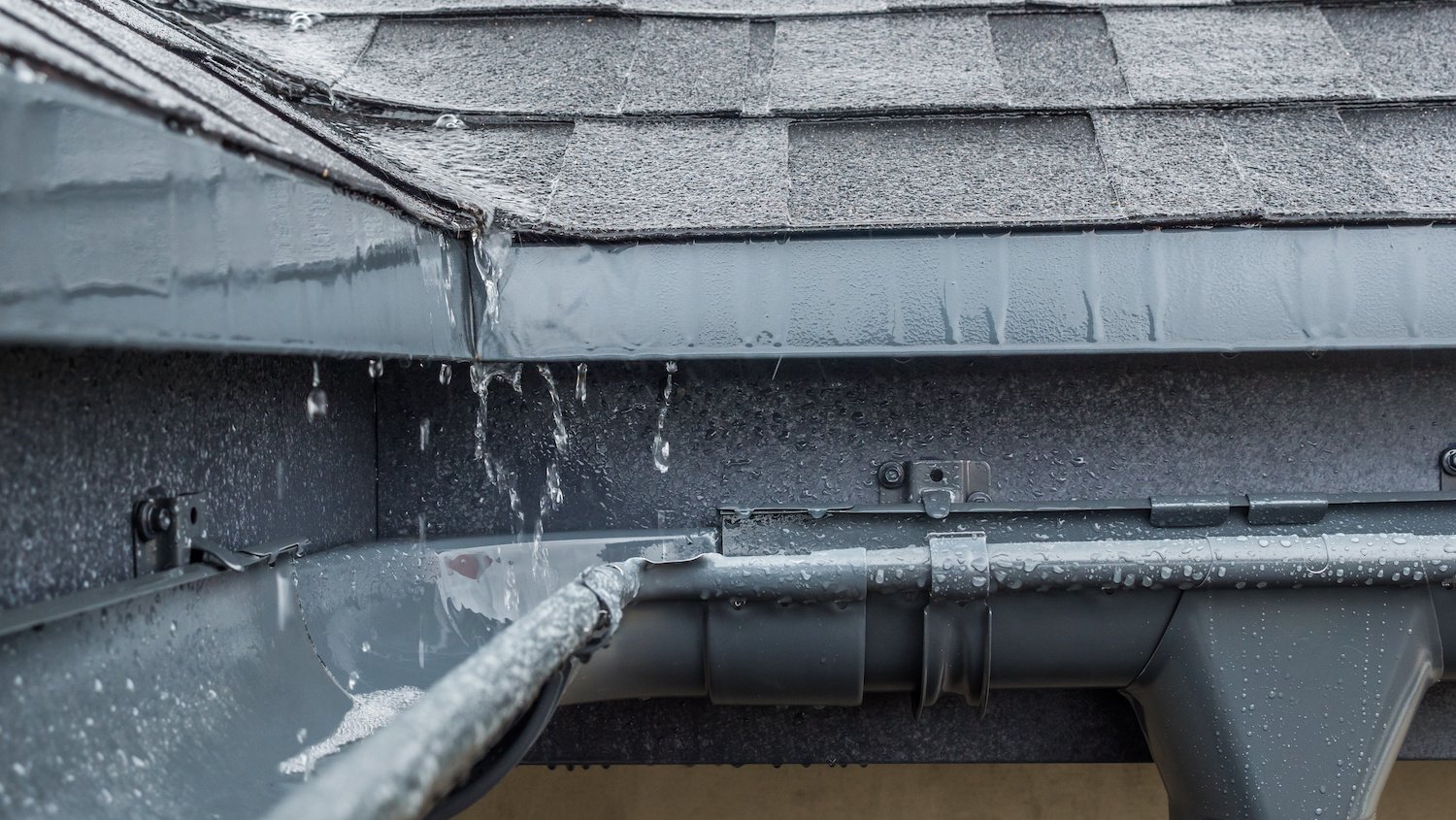
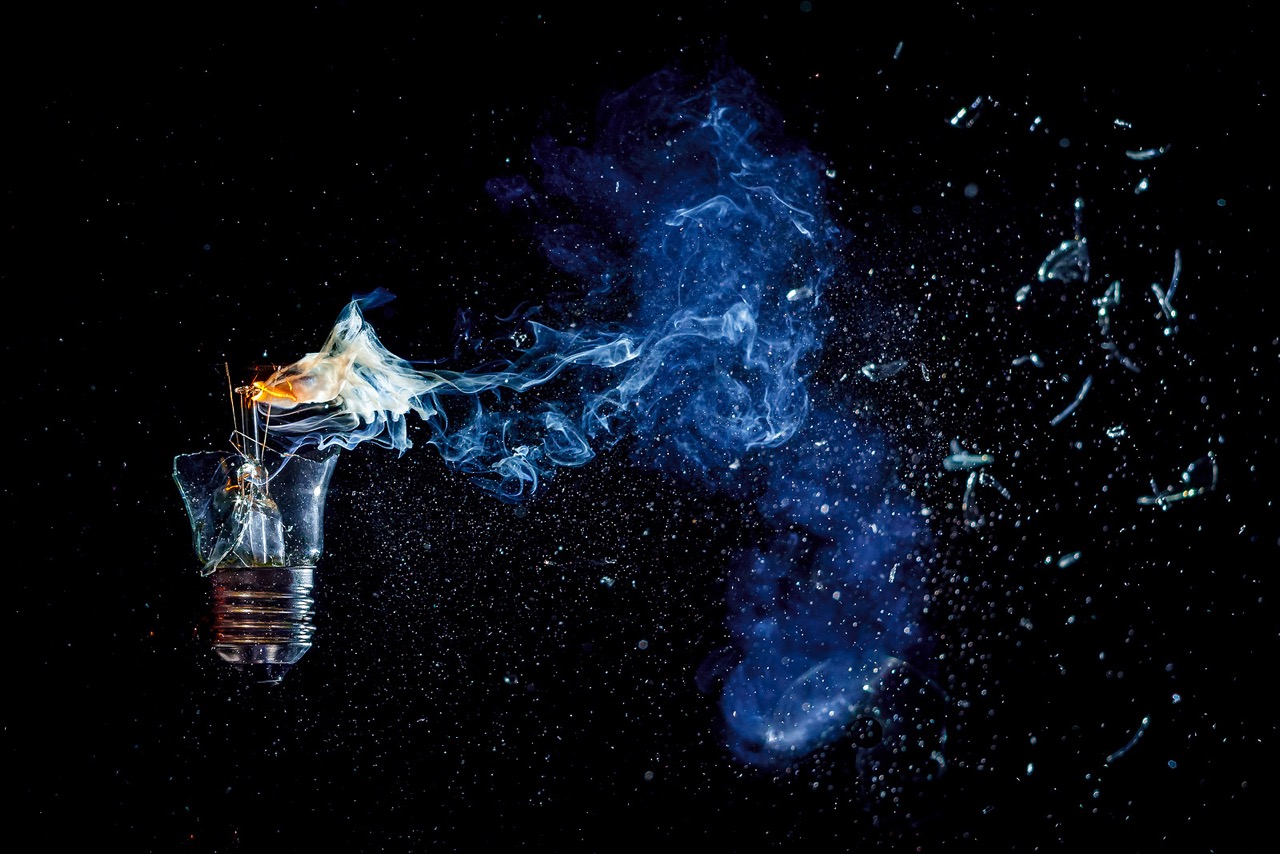

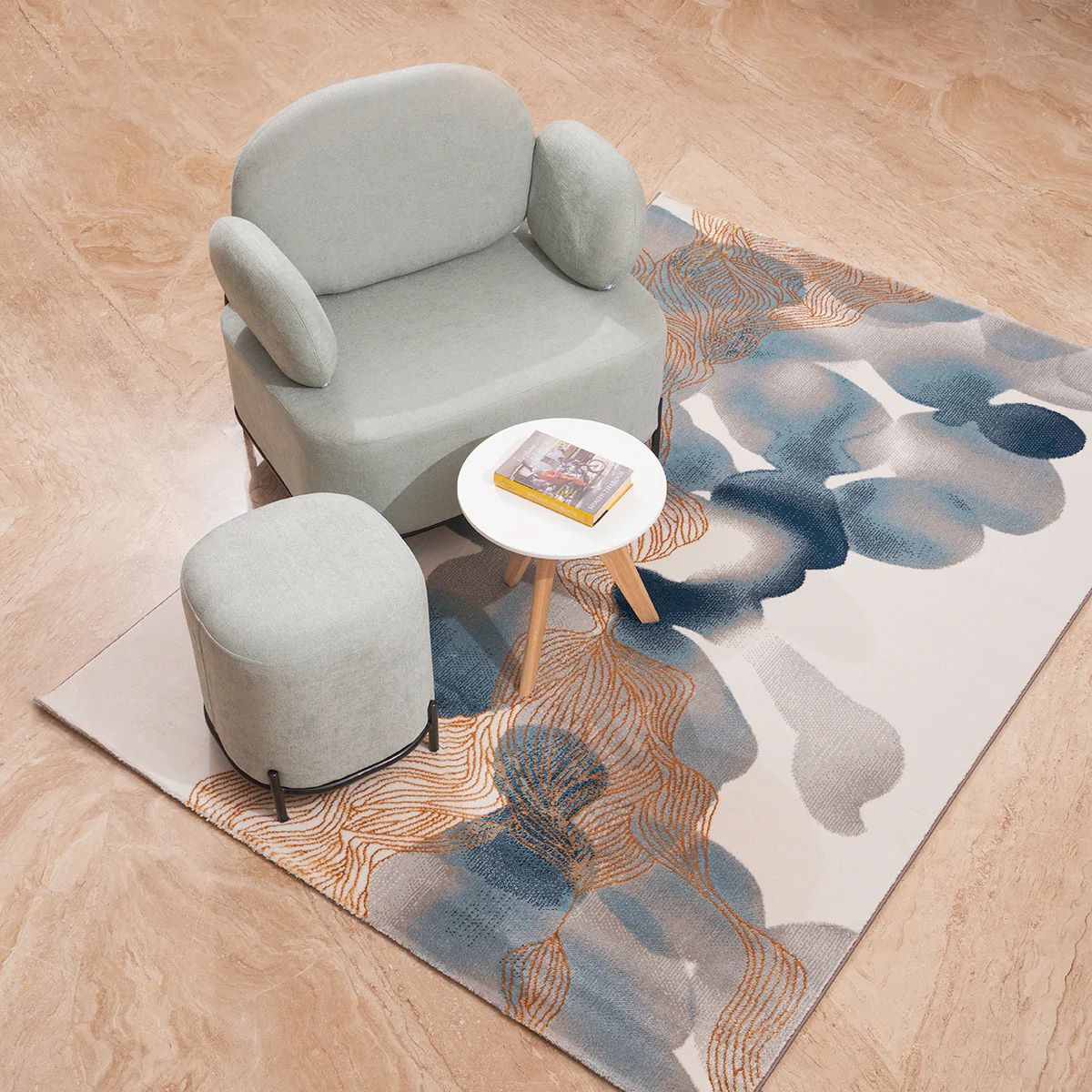





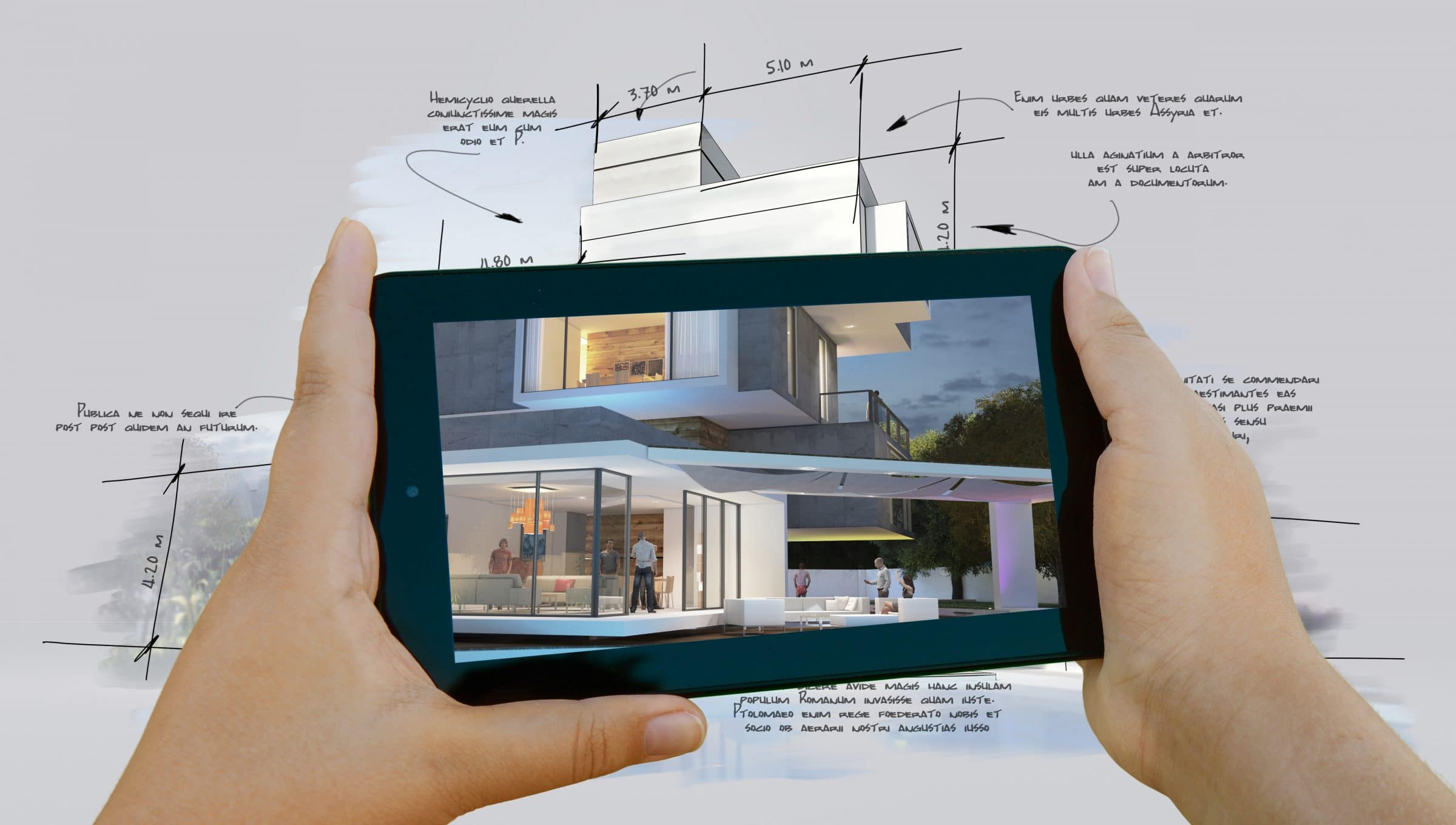


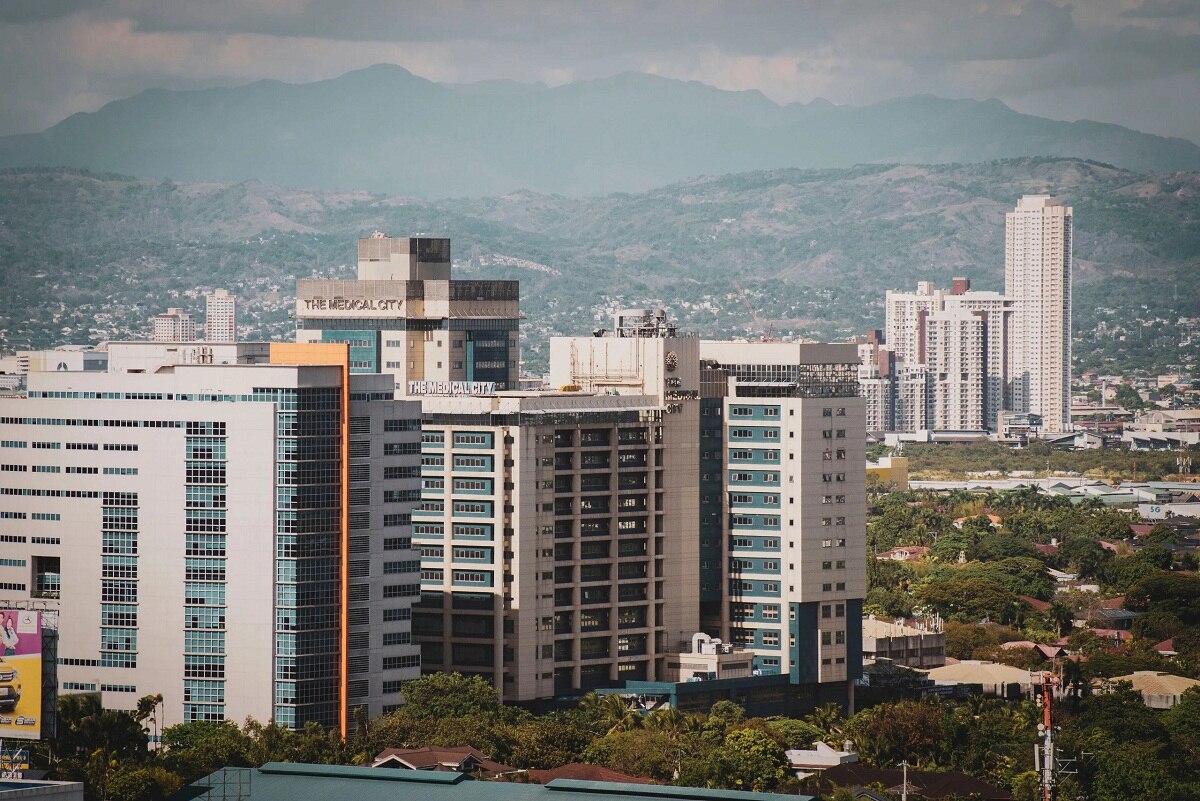

0 thoughts on “Why Is The Light Bulb Important”